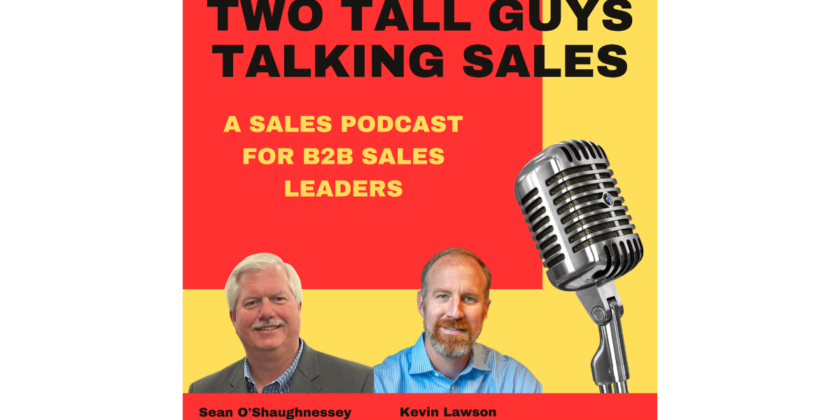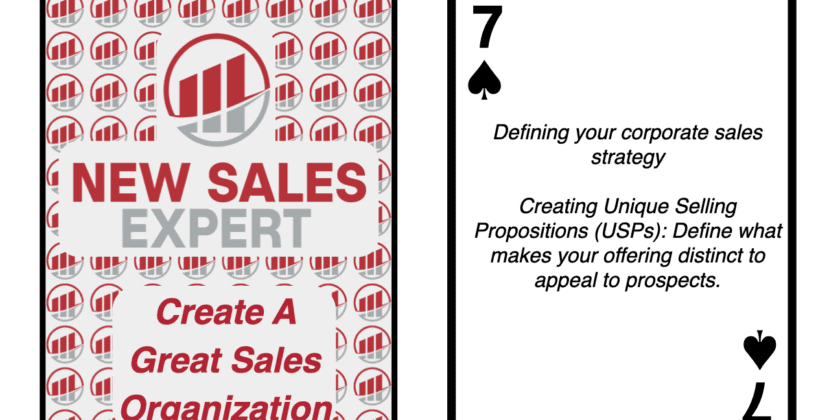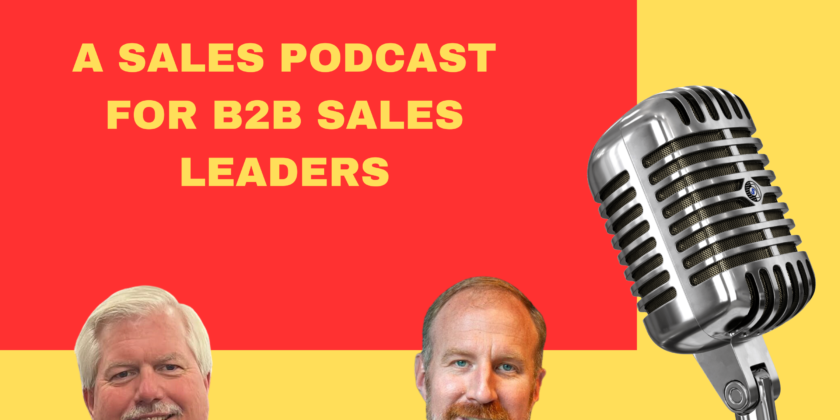Crafting the Beacon in Sales: The Art of Unique Selling Propositions (USPs)
The challenge in the modern B2B marketplace isn’t merely about getting noticed but about leaving an indelible mark. For businesses navigating this complex market, the guiding light—their Unique Selling Proposition (USP)—is the deciding factor. But why is a USP so quintessential, and how does one etch it masterfully?
Picture, if you will, an animated marketplace: myriad sellers, each echoing their offerings. Amidst this cacophony, it’s not the loudest but the most distinct voice that captures attention. Here lies the sublime difference between mere visibility and impactful distinction, a difference the USP embodies. Drawing from historical insights, companies that have adeptly sculpted a lucid USP not only differentiated themselves but also witnessed significant enhancement in sales. Consider a brand that doesn’t just sell a product but an ethos—for every purchase, there’s a contribution to a larger cause. Such compelling USPs have been demonstrated to escalate sales metrics impressively.
However, the journey of crafting a USP isn’t always smooth sailing. Companies often grapple with the challenge:
- The Quest for Distinctiveness: Especially pertinent to sprawling enterprises, there exists an often-arduous search for that unique element. It’s like a ship amidst crosswinds, grappling for a definitive direction.
- The Illusion of Resonance: A USP might be alluring, but if it fails to resonate with its core audience, it’s a misstep—a beacon that misguides rather than leads.
Navigating these challenges to etch a resonating USP is where the analytical marries the artistic. First, there’s the introspective dive—a company must be deeply attuned to its ethos, its foundational promises. Only when a company is profoundly aware of its essence can it then articulate that message to its prospects. Subsequent to this is the empirical phase, where understanding the audience becomes pivotal. What are their aspirations? Their values? Drawing upon robust market research facilitates the alignment of a USP with these consumer insights. The final stretch of this journey is iterative refinement. Much like an artist refining his masterpiece, a compelling USP emerges from continuous honing, molded by feedback and real-world resonances.
Yet, one must remember—a USP transcends being a mere slogan. In this information-rich epoch, consumers have a heightened sense of discernment. They can swiftly sieve out authentic commitments from hollow echoes. Thus, at the core of a compelling USP is the pulse of authenticity. It isn’t just what you profess; it’s what you consistently manifest.
The Unique Selling Proposition stands as a sentinel in the marketplace’s panorama. It’s not just a strategy or a tagline—it’s an assertion of identity, a clarion call proclaiming, “This is our essence. This is why we’re unparalleled.” For the architects of business strategy, CEOs, and sales visionaries, this isn’t just a task—it’s a craft. A melding of introspection, market acumen, creativity, and authenticity. In the sales narrative’s vast tapestry, a well-woven USP isn’t just a strand—it’s the golden thread that binds the story together, making it both memorable and mesmerizing.





